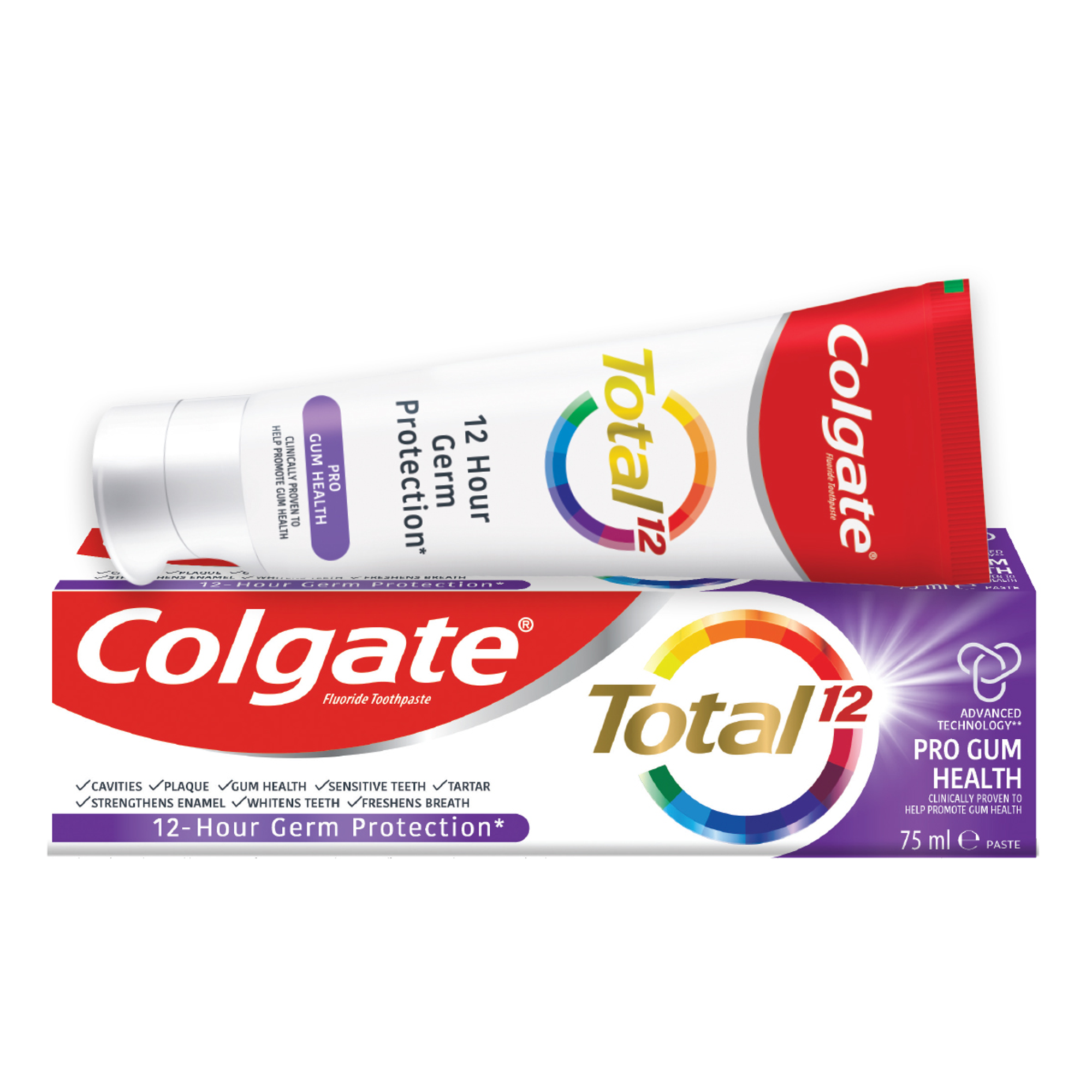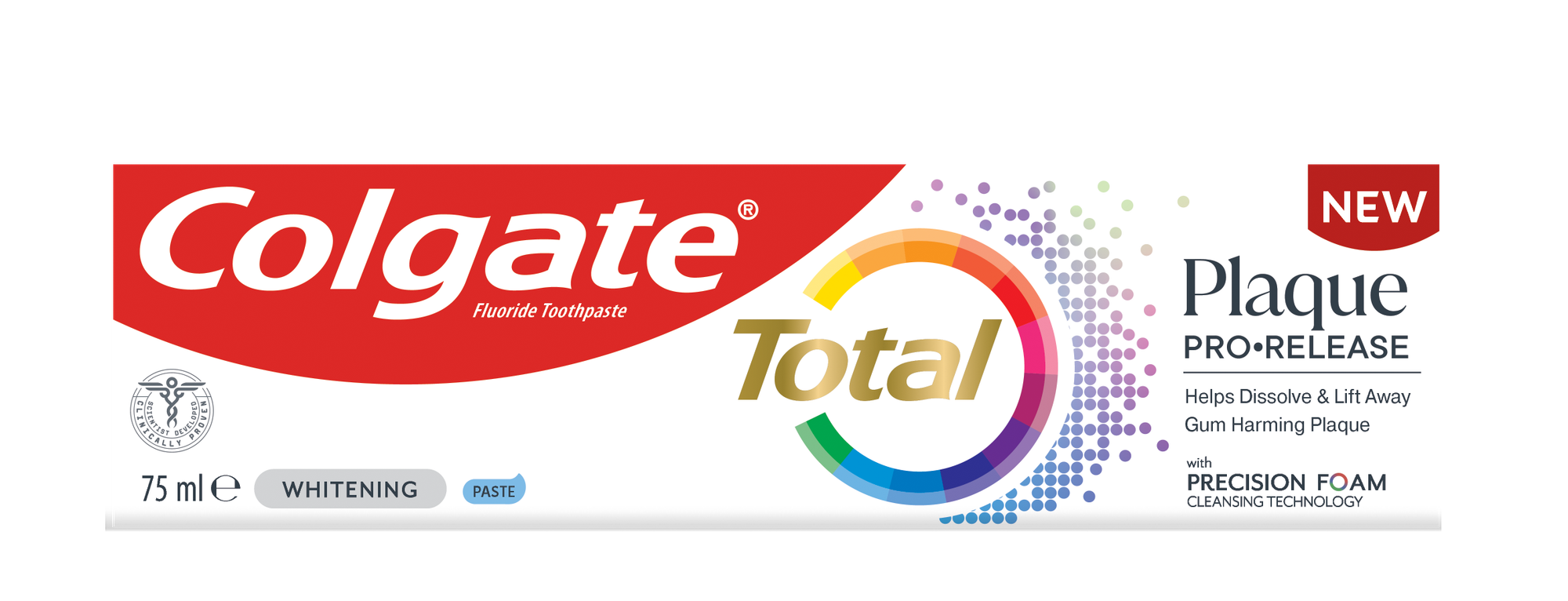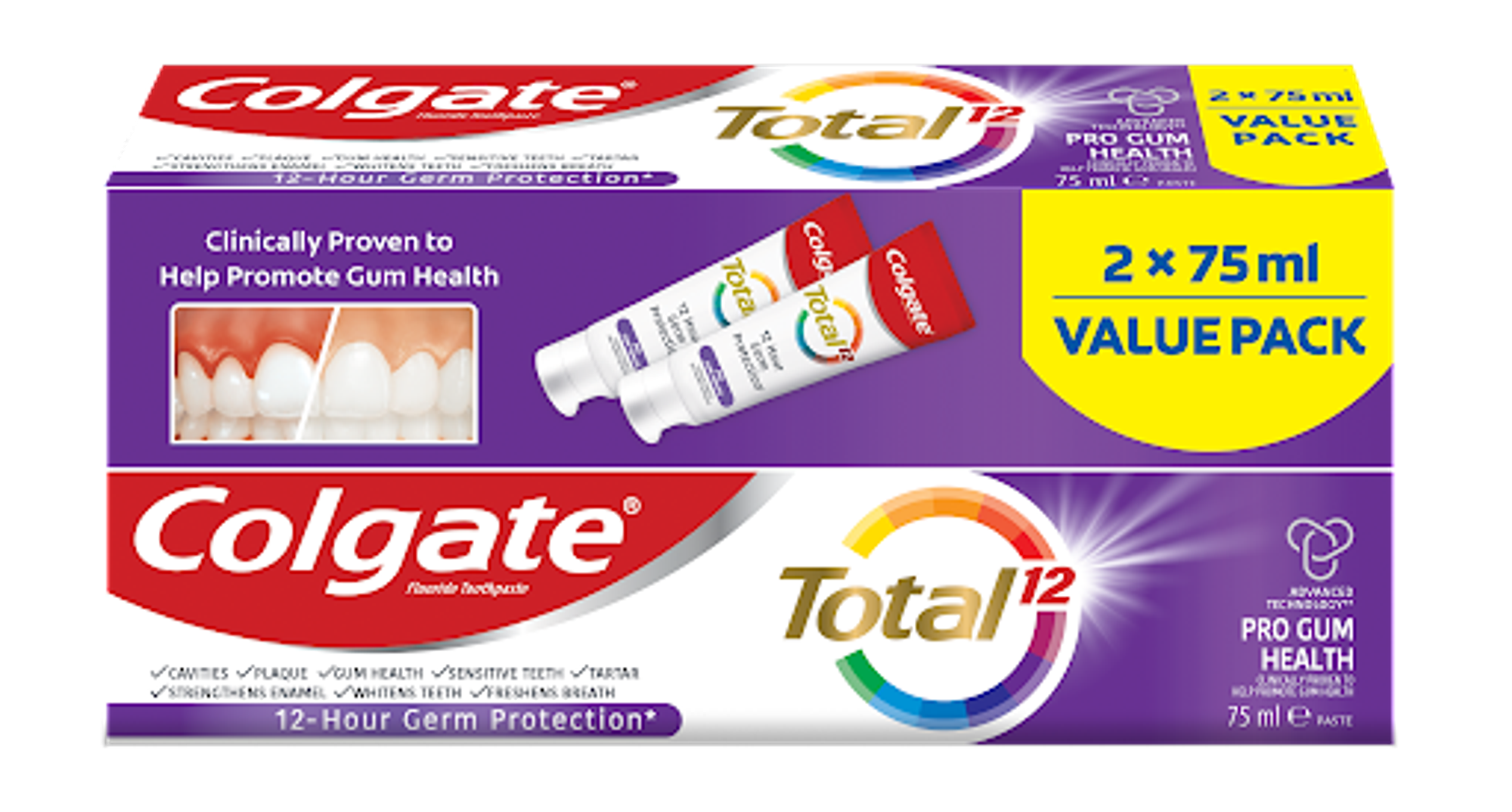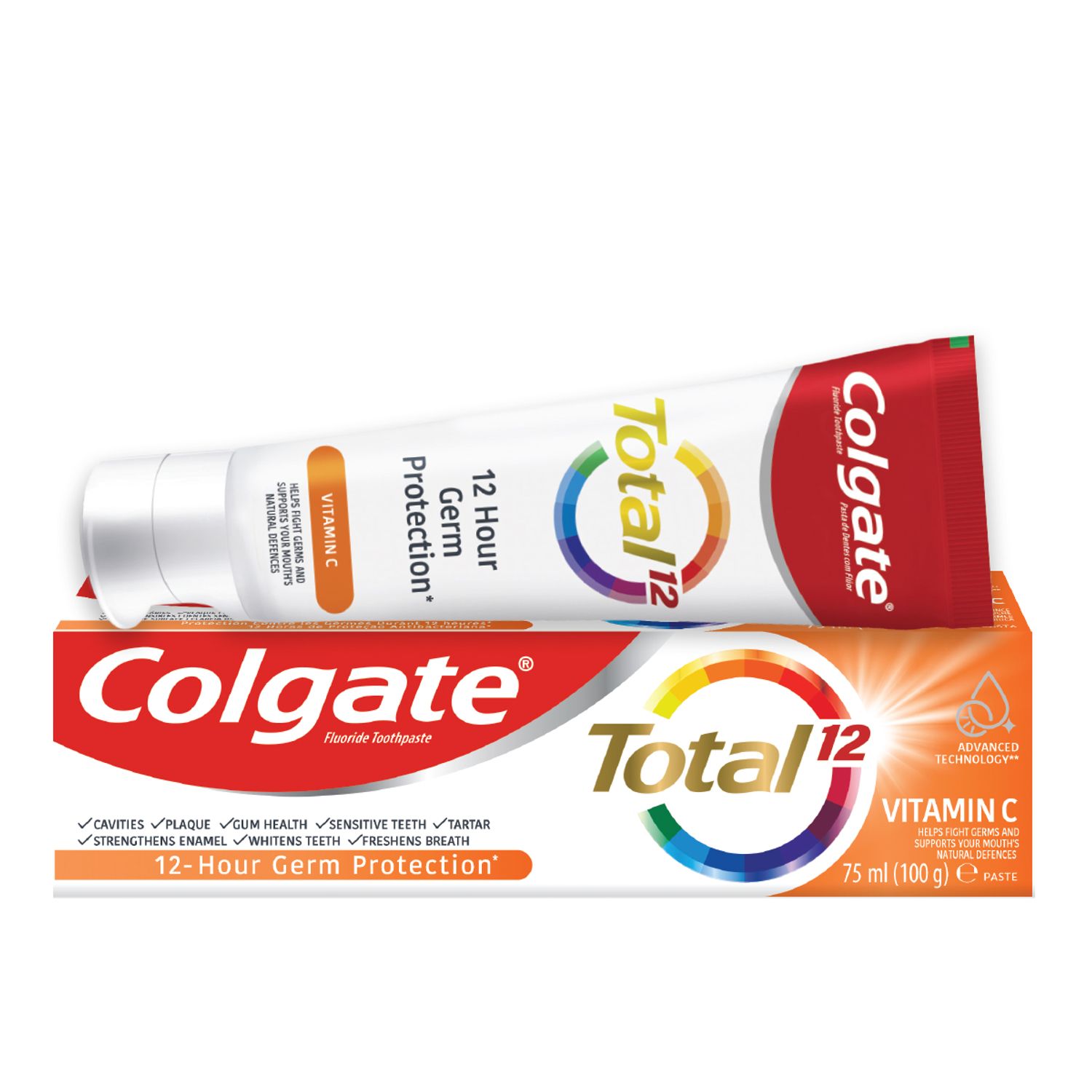-
-

CAVITIES
Can You Heal A Cavity At Home?You feel a sharp pain when you bite down or try to eat. You think it's a cavity, but you're not 100 percent sure...

BAD BREATH
How To Cure Bad BreathMore commonly known as bad breath, halitosis is an embarrassing hygiene issue that nobody wants, but some of us get every now and then...
-
Science & Innovation
- Colgate® | Toothpaste, Toothbrushes & Oral Care Resources
- Oral Health
- What Causes a Swollen Gum around One Tooth?


When brushing your teeth in front of the mirror, it's common to suddenly spot something you hadn't noticed before. For example, how could a swollen gum form around one tooth? And is there anything you can do about it? There are a few reasons why your gums can swell in one area, including an abscessed tooth, gum disease and improper brushing or flossing. Here are some causes of this common problem and what to do if it happens to you.
1. Hygienic Mishaps
If there is swelling around just one tooth in your mouth, it may be because you didn't brush or floss correctly, leaving behind food debris that cause tooth cavities and inflammation in the neglected area. Over time, such inadequate oral hygiene can also lead to gum disease. Be on the lookout for pale, red or swollen gums, as well as bleeding while brushing, pus coming from the tooth, a loose tooth, or persistent bad breath and taste.
2. Gum Disease
A common trigger of a swollen gum around one tooth, gum disease is a prevalent condition for which you should be on guard each time you brush. In its earliest stages, the condition's symptoms show up as red and swollen gums that, although painless, might still bleed. As the disease progresses, it can cause loose teeth due to gums that have pulled away in certain spots.
3. Abscessed Tooth
An abscessed tooth is another very common cause of local gum swelling and indicates an infection in or around your tooth. This can often come from an untreated cavity that causes germs to spread through and infect your tooth. Keep in mind that an abscess can cause irritation and ultimately cost you the tooth if left untreated. Telltale signs include throbbing pain, red or swollen gums, a swollen jaw or face, a tender or sore tooth, a fever, and even a salty taste in your mouth. Because treatment is required for an abscessed tooth, your dentist may give you antibiotics for the infection, a root canal to remove the infected pulp, or extract the tooth entirely depending on the severity.
How to Prevent Swollen Gums
It's not enough to just brush your teeth twice a day; flossing in between your teeth and using an effective mouthrinse are just as important. In addition, make sure you're brushing, flossing and rinsing with proper tools and the right technique. If you have a large space between two teeth, for instance, an interdental brush can help clean in between them. Of course, you should be going for your dental check-ups twice a year so your dentist can check not only the overall health of your teeth, but also whether your gums have receded or started to swell.
A healthy mouth and beautiful smile depend on how much care you put into both your teeth and gums. Start with oral care at home and follow it up with semiannual dental appointments to make sure your mouth health is uninterrupted from ear to ear.
Related Products

Helping dental professionals
More professionals across the world trust Colgate. Find resources, products, and information to give your patients a healthier future











